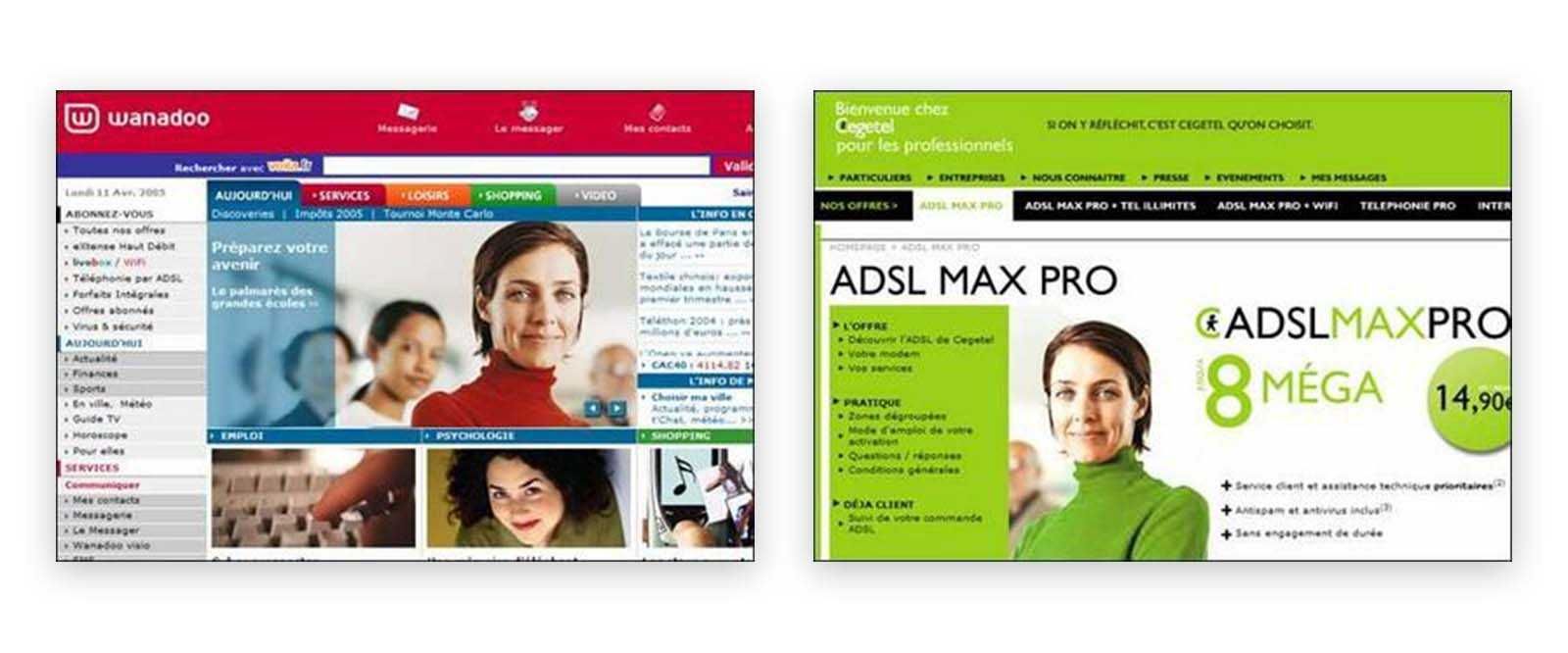Why You Should Avoid (Most) Stock Photography
Why you should avoid most stock photography for your business. Custom photography alternatives and tips for authentic, effective brand imagery.
Royalty-free stock photography seems pretty easy to identify. People in unnatural poses, usually smiling. People dressed in business attire despite the company the photo is on being a less formal than that. Contrived "ethnic" images or pseudo-diversity. And of course the overused business handshake.
Now don't get me wrong, stock photography isn't all bad. We've used it for ourselves before, and for clients, though it's not something we recommend very often. (In fact, I don't remember the last time we did.) Stock photography – also known as royalty-free stock photography – when chosen well, can be a very affordable way to brighten up otherwise monotonous web pages, brochures, etc. But more often than not, stock photos are poorly chosen and convey the wrong image or message.
Of course, everything is up for interpretation. What the business or designer intended to represent one thing may differ from what the visitor sees. That's why if you do use stock photos, it's important to use the one that will best represent what you're trying to convey.
That all said, if you can avoid stock photos, you'll be better off. Using them – especially when it's obvious – the feeling the site conveys tends to lean toward cheap or cheesy. Those feelings are only exacerbated when the photos are seen and recognized on websites or print collateral from differing business. Aren't you supposed to be different and unique from competitors?
In certain situations or businesses stock photography can really put owners in a tight spot. For instance, a home remodeling company may decide to use a stock photo of a beautiful home to represent the kind of work they can do. Seems like a great idea. What happens when a prospective client asks, "Where is this house? I love it and want to see it in person to get some ideas for ours." Awkward!
Another example is one where two competitors use the same image. This very incident happened between two French ISPs in 2005:

Oh sure, one flipped the photo around and changed the color of the woman's sweater. But it's still the same image. Embarrassing, wouldn't you say? Oh, but there's worse.
Take this seemingly innocent stock photo of the clichéd-to-death "business team" who miraculously all wear similar colors, have perfect skin, hair and makeup:

Back in 2010 it was spotted on at least 9 different websites by Chris Barton. But doing a Google Image search this photo can be found on over 1000 sites. And that's just based on Google's "best guess" of employment agencies.
That's right, 1000+ websites in one industry have the same exact image. Yikes. So much for being unique.
That actually begs a different question: why do companies hate their employees so much? RJ Morris even asks why companies think their employees are so ugly. I have to wonder the same.
Alright, so cheap, royalty-free stock photography is mostly what I've been referring to here. But there's also another stock photography option that probably won't get you the same kind of results as above. Rights-managed stock photography. Though more expensive than royalty-free, with RM photos you buy certain rights to certain images for use in certain media (web, print, TV, etc.). The advantage to RM stock is that you get the unique image you need, it's less likely to show up on your competitor's marketing collateral, and it's less expensive than hiring a photographer to shoot custom work.
When it comes down to it though, custom photography tailored to your brand, needs and/or marketing campaign is the absolute best way to go. If you're a pretty good photographer, you might be able to shoot your own photos. Some businesses do that and it works well for them.
Sometimes though, you need a professional touch. For that, hiring a good photographer is your best option. You'll need to make sure you get as many rights to the photos as you can from the photographer, but you'll be able to use them over and over again, which can be helpful for your brand in certain situations.
In the end, using custom photography (and to a limited extent, rights-managed stock photography) will convey your message much better than any royalty-free image possibly could. And it will prevent any faux pas with competitors.